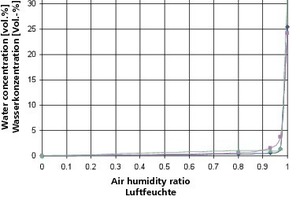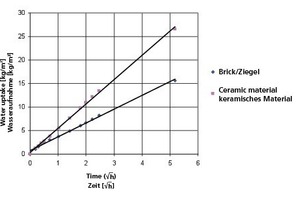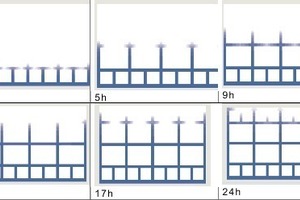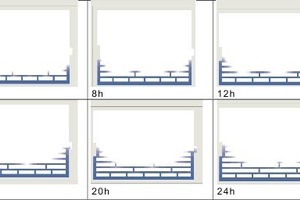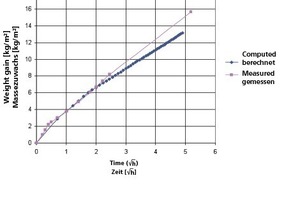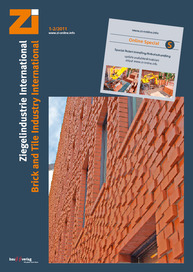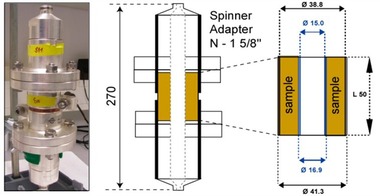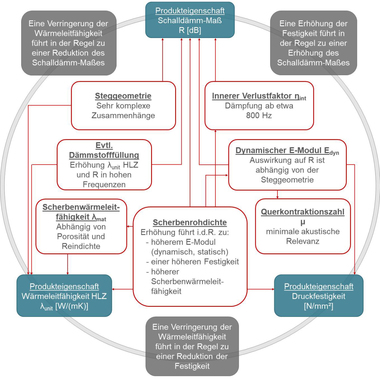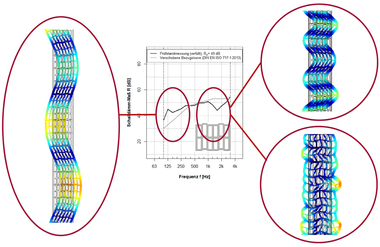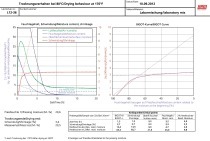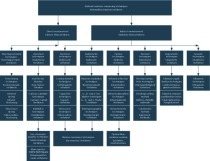Moisture transfers in perforated bricks
The transfers of moisture through the walls are critical for the energy consumption of the building, the comfort and health of the inhabitants, the aesthetics and the durability of the construction. The data available from the CE marking of perforated bricks can be used to compute the moisture transfers through brick walls.
Through measurements and finite element calculations, it was shown that it is possible to calculate the moisture-related properties of perforated bricks when the properties of the ceramic material are known. This will reduce test time and improve measurement quality.

